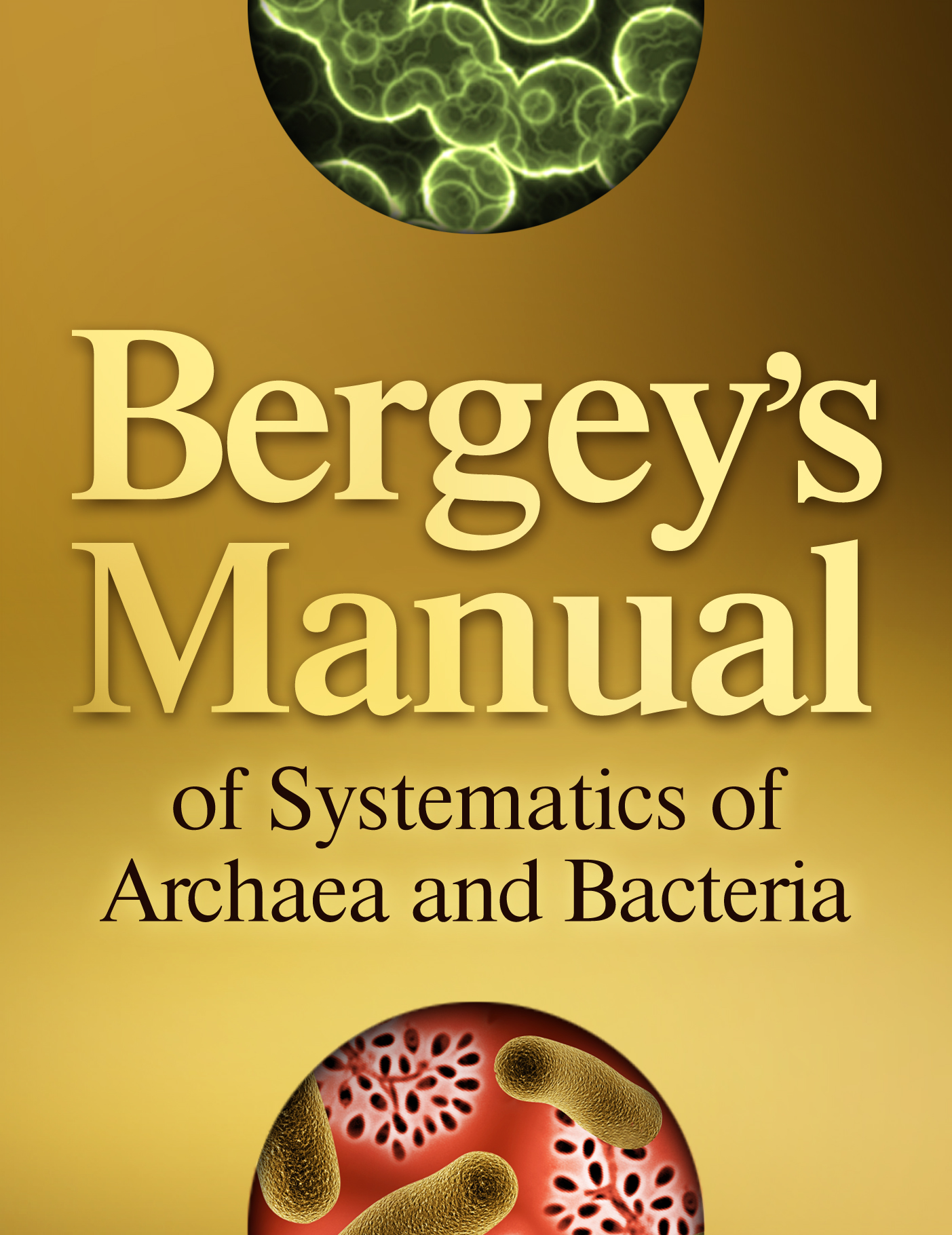Abstract
An.a.e.ro.sa.li.bac'ter. Gr. pref. an not; Gr. n. aer, aeros, air; L. neut. n. sal, salis, salt; N.L. masc. n. bacter, a rod; N.L. masc. n. Anaerosalibacter, an anaerobic halotolerant rod.
Firmicutes / Clostridia / Clostridiales / Tissierellaceae / Anaerosalibacter
The genus Anaerosalibacter comprises two species with validly published names, Anaerosalibacter bizertensis, isolated from storage tanks holding waste generated by the recycling of discarded motor oils in north Tunisia; and Anaerosalibacter massiliensis, obtained from a stool sample of a 49-year-old Brazilian man as part of a culturomics study aiming at cultivating individually all bacterial species of the human gut microbiota. The species are thermotolerant, moderately halophilic, and strictly anaerobic and grow by fermentation of carbohydrates. Phylogenetic analyses using 16S RNA gene sequences placed the two species in the Clostridiaceae family.
DNA G + C content (mol%): 31.1.
Type species: Anaerosalibacter bizertensis Rezgui, Maaroufi, Fardeau, Ben Ali Gam, Cayol, Ben Hamed et al. 2012, 2473VP.



